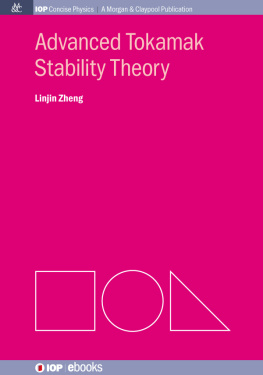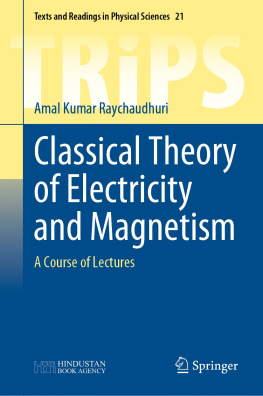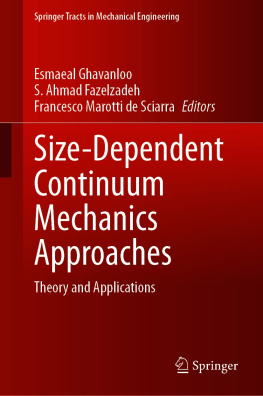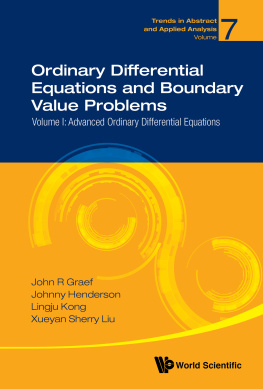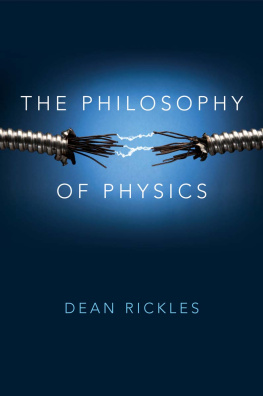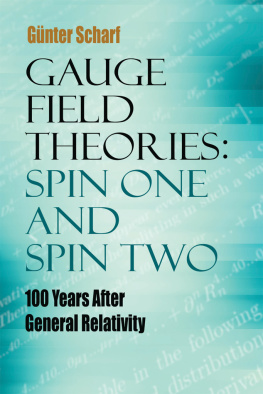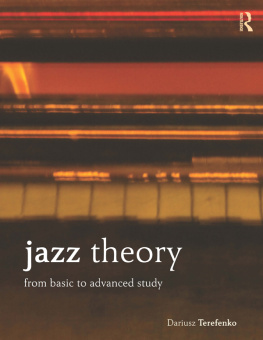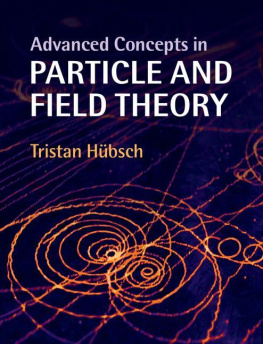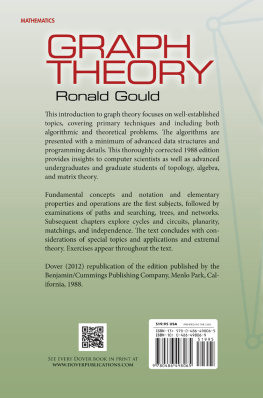Contents
Contents
Advanced Tokamak
Stability Theory
Linjin Zheng
Institute for Fusion Studies, The University of Texas at Austin, USA
Morgan & Claypool Publishers
Copyright 2015 Morgan & Claypool Publishers
All rights reserved. No part of this publication may be reproduced, stored in a retrieval system or transmitted in any form or by any means, electronic, mechanical, photocopying, recording or otherwise, without the prior permission of the publisher, or as expressly permitted by law or under terms agreed with the appropriate rights organization. Multiple copying is permitted in accordance with the terms of licences issued by the Copyright Licensing Agency, the Copyright Clearance Centre and other reproduction rights organisations.
Rights & Permissions
To obtain permission to re-use copyrighted material from Morgan & Claypool Publishers, please contact .
ISBN 978-1-6270-5423-2 (ebook)
ISBN 978-1-6270-5422-5 (print)
ISBN 978-1-6270-5738-7 (mobi)
DOI 10.1088/978-1-6270-5423-2
Version: 20150301
IOP Concise Physics
ISSN 2053-2571 (online)
ISSN 2054-7307 (print)
A Morgan & Claypool publication as part of IOP Concise Physics
Published by Morgan & Claypool Publishers, 40 Oak Drive, San Rafael, CA, 94903, USA
IOP Publishing, Temple Circus, Temple Way, Bristol BS1 6HG, UK
This volume is dedicated with love to my wife and children.
Preface
One of the most famous quotes from Albert Einstein is The most incomprehensible thing about the world is that it is comprehensible. Indeed, nature is governed by laws. Our scientific endeavors become meaningful because there are natural laws. Remarkably, even the scientific discoveries of mankind could be considered to follow a law: In the sweat of thy face shalt thou eat bread (Genesis 3:19). The more bread a discovery yields for mankind, the more sweat it will cost mankind to discover it. The most serious challenges humans are facing are food shortages and diminishing energy resources. If natural photosynthesis could be reproduced, the issue of food shortages would be addressed. If controlled nuclear fusion could be achieved with a net energy yield, the energy resource problem would be solved. Unfortunately, the difficulties of achieving these goals are disproportionately large compared to discoveries which are less critically important or which can be harmful to the natural environment.
The most difficult aspect of tokamak plasma theory for controlled nuclear fusion lies in the fact that the simplicity and beauty underlying the philosophy of physics are often lost. Due to the complexity of many charged-particle problems with long correlation lengths and the complications related to toroidal geometry, tokamak physics is intrinsically difficult. Thanks to the decades of theoretical and experimental efforts in this field, tokamak physics has become more comprehensible than ever before. This book gives an overview of these developments, with an emphasis on stability theories in toroidal geometry.
The intention of this book is to introduce advanced tokamak stability theory. The readers are expected to have a basic background in plasma physics. We start with the derivation of the GradShafranov equation and the construction of various toroidal flux coordinates. An analytical tokamak equilibrium theory is presented to demonstrate the Shafranov shift and how the toroidal hoop force can be balanced by the application of a vertical magnetic field in tokamaks. In addressing ideal magnetohydrodynamics (MHD) stability theory, this book starts with the advanced but most fundamental topic: the structure of ideal MHD equations and the MHD mode spectrum. This is followed by the toroidal theories for interchange modes, ballooning modes, peeling and free boundary ballooning modes, toroidal Alfvn eigenmodes (TAEs) and the kinetically driven modes, such as kinetic ballooning modes and energetic particle modes. For resistive MHD stability theory, we first describe the resistive MHD singular layer theory of Glasser, Green and Johnson, followed by the resistive ballooning and tearing mode theories. The gyrokinetic theory is then introduced. Both the electrostatic and electromagnetic modes are discussed under the gyrokinetic framework. First, the fixed and free boundary ion temperature gradient mode theories are presented. Then, the effects of the finite Larmor radius on the toroidal interchange modes are investigated, followed by the kinetic ballooning theory and a discussion of the kinetic TAE theories.
In addition to these advanced theories, this book also discusses the intuitive physics pictures for various experimentally observed phenomena. These basic pictures are particularly important for understanding tokamak discharges. First, a schematic classification is described for various tokamak confinement modes, such as the low and high confinement modes (L- and H-modes) and the improved energy confinement mode (I-mode). Then, the physical interpretations are discussed for various core and edge stability/transport phenomena, such as the transport barrier, nonlocal transport, edge localized modes, blob transport and edge harmonic oscillations.
With the completion of ITER in sight and the rapid developments in tokamak diagnostic techniques and discharge control methods, great challenges still remain for plasma physics theoreticians. Many critical issues remain open in this field. I hope this book proves helpful in promoting further efforts to address these issues.
Dr Linjin Zheng
Institute for Fusion Studies
The University of Texas at Austin
Texas, USA
31 December 2014
Acknowledgments
This book was written where the author currently works, at the Institute for Fusion Studies, The University of Texas at Austin, with support from the US Department of Energy, Office of Fusion Energy Science: Grant No. DE-FG02-04ER-54742. Research results in this book have benefited from collaborations with colleagues at the institute, including Drs M T Kotschenreuther, H L Berk, F L Waelbroeck, R D Hazeltine, B Breizman, W Horton, et al, and J W Van Dam, who is now at the US Department of Energy. The author would also like to acknowledge collaborations with many other colleagues in the field of plasma physics.
Author biography
Linjin Zheng

Dr Linjin Zheng is a theoretical physicist in the field of controlled thermonuclear fusion plasmas. He received his MSc degree from The University of Science and Technology of China and his PhD from the Institute of Physics, Beijing, Chinese Academy of Sciences. He currently works at Institute for Fusion Studies, The University of Texas at Austin. He has published more than a hundred scientific papers, for example in Physical Review Letters, Physics Letters, Nuclear Fusion, Physics of Plasmas and major conferences. His research covers tokamak equilibrium and stability theories in ideal/resistive magnetohydrodynamics, two fluids and kinetics. His major contributions with colleagues include the reformulation of gyrokinetic theory, the development of the theoretical interpretation for the so-called edge localized modes, the invention of the free boundary ballooning representation, the discoveries of the second toroidal Alfvn eigenmodes and current interchange tearing modes, etc. He has also developed the AEGIS and AEGIS-K codes.

